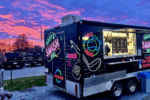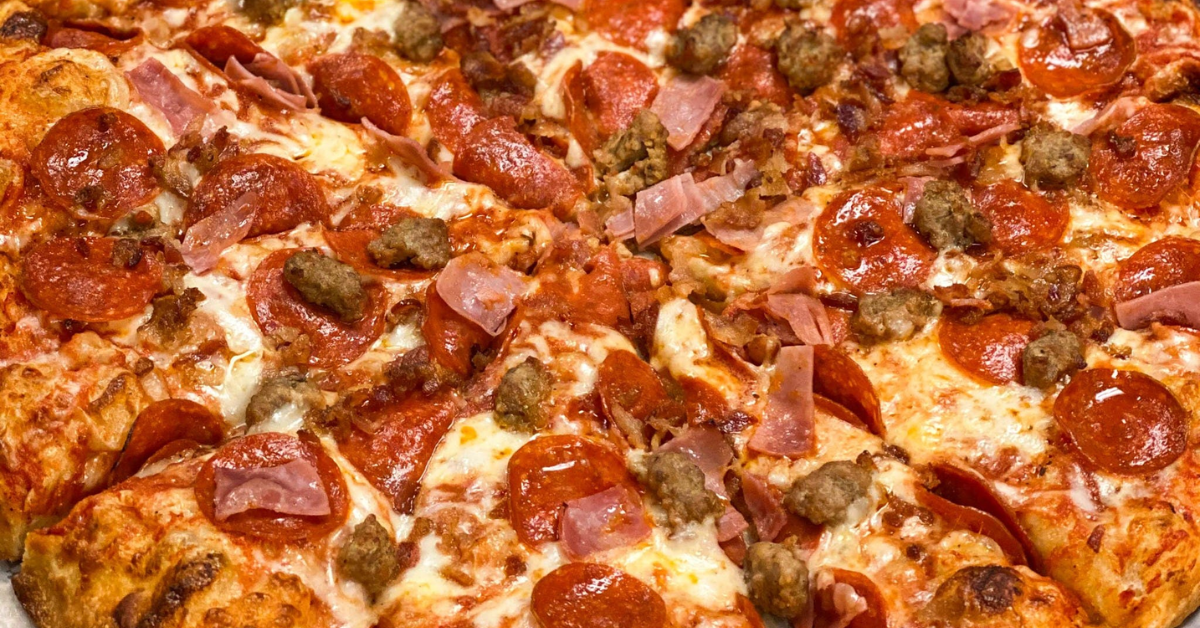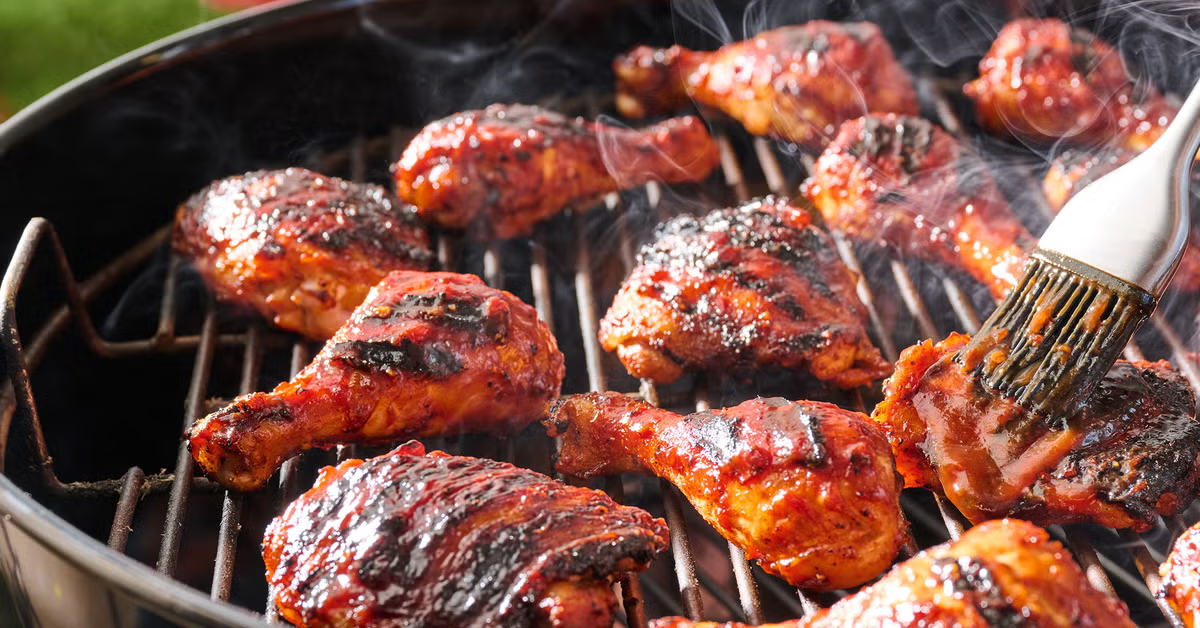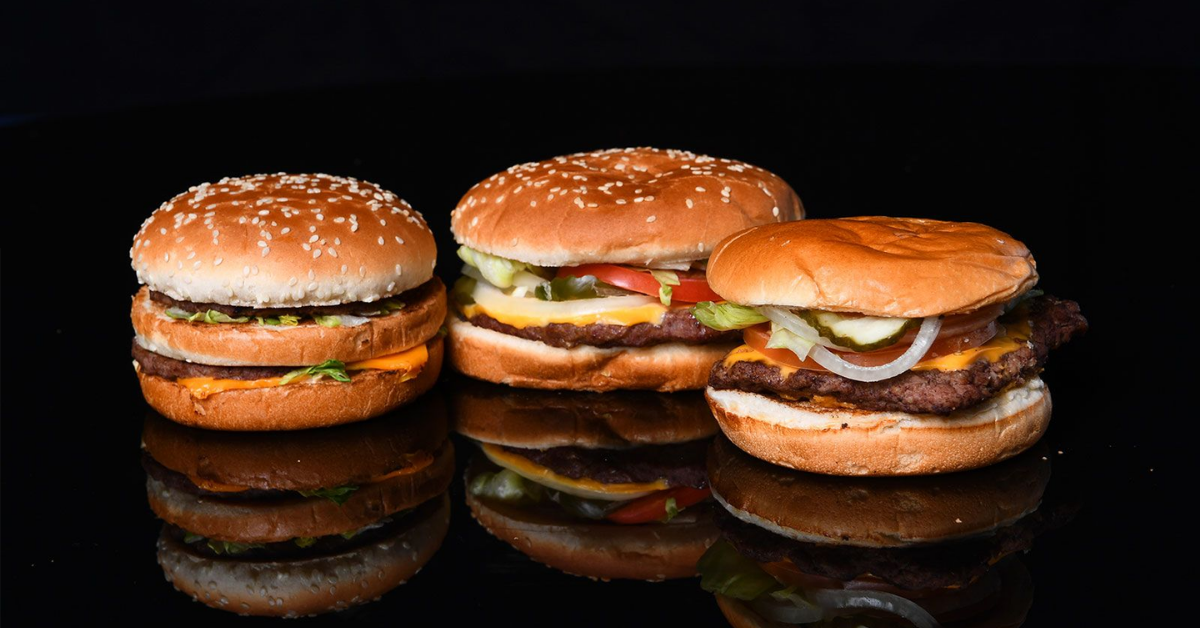United States – The fast food industry in the U.S. is witnessing dynamic shifts as consumer preferences and economic pressures reshape the landscape in 2024. While giants like McDonald’s and Chick-fil-A continue to dominate customer loyalty and sales, certain household names face significant challenges, according to the latest industry analysis.
From the ongoing chicken revolution led by Chick-fil-A to Taco Bell’s innovative value menus, and Starbucks’ relentless expansion, the competitive fast food market reveals a fascinating story of success, struggle, and adaptation. Here’s a deep dive into the fast food chains Americans favor most and those analysts warn are in decline.
The Unwavering Power and Current Struggles of McDonald’s
The iconic Golden Arches remain a towering figure in American fast food culture. In 2023, McDonald’s achieved over $53 billion in sales and is recognized by 97 percent of internet users, underscoring its unmatched brand awareness.
- Despite top revenue status, McDonald’s sales declined by 1.4% in Q4 2024.
- High prices and a listeria outbreak contributed to its recent performance dips.
- Sluggish breakfast sales reflect economic uncertainty and pressures on low-income consumers.
- CEO Chris Kempczinski acknowledged the missed expectations for 2024 performance.
“Our performance in 2024 did not meet our expectations,” said McDonald’s CEO Chris Kempczinski during earnings discussions, highlighting the challenges even industry leaders face.
Chick-fil-A’s Customer Satisfaction and Consistent Growth
Chick-fil-A continues to set the gold standard for customer satisfaction in fast food, scoring an impressive 85 in 2023 surveys, making it the highest-rated fast food chain for customer experience in the U.S.
- The Atlanta-based chain’s unique approach includes closing on Sundays, enhancing brand loyalty and culture.
- Consistent quality, exceptional service, and a perfected chicken sandwich formula have fueled growth.
- Chicken chains including Raising Cane’s, Wingstop, and Popeyes also saw rising consumer spending in 2024.
Chick-fil-A’s consistency and cultural connection continue to secure its spot as a chicken powerhouse in an increasingly crowded field.
Taco Bell’s Strategic Value Menu Success
Taco Bell made a major impact in early 2024 by revitalizing its Cravings Value Menu, featuring affordable and crave-worthy items like the Spicy Potato Soft Taco priced at just $1.19.
- Focused on affordability during inflationary times without sacrificing flavor.
- Strong regional popularity in New England, ranking high among fast food preferences.
- Expanded from late-night staple to mainstream Mexican-inspired quick dining option.
Taco Bell’s innovative menu and pricing strategy have earned a loyal following across diverse demographics.
Starbucks’ Coffee Kingdom Expands Despite Challenges
Starbucks remains the leading coffee restaurant chain in America, second only to McDonald’s in sales. It operates nearly 17,000 locations in the U.S., growing by 1,491 outlets since early 2021.
- Generates approximately $1.37 billion in annual revenue served to over 5 million daily customers.
- The “Back to Starbucks” plan focuses on revitalizing in-store experience, including the return of condiment bars and personalized customer messages.
- The brand continues to invest in labor-driven hospitality improvements rather than just equipment upgrades.
This strategy aims to reclaim Starbucks’ position as the beloved “third place” beyond home and work, despite recent sales challenges.
Chipotle’s Digital-First Fast-Casual Approach
Chipotle Mexican Grill has soared in popularity thanks to its highly customizable menu and fast service, with about 75% of sales coming from its app. The chain targets consumers seeking quick, healthier options without sacrificing quality.
- Investments in automation and technology facilitate speedy order fulfillment.
- Despite a recent dip of 0.4% in same-store sales in Q1 2025, Chipotle remains optimistic about absorbing rising costs without increasing prices.
- Maintains a strong position in a competitive fast-casual sector driven by convenience and digital engagement.
The Decline of Subway: A Cautionary Tale
Subway’s dramatic reduction in U.S. store count signals a significant downturn. Having peaked at over 27,000 locations in 2015, the chain closed a net 631 stores in 2024, ending the year with 19,502 locations—its lowest in two decades.
- Franchise instability and rising operational costs forced widespread closures.
- Customer complaints cite declining quality, especially excessive bread compared to sandwich fillings.
- Despite efforts, Subway struggles to modernize and remain relevant in the fast food arena.
Burger King and KFC Face Significant Challenges
Despite strong brand recognition of 96% among U.S. consumers, both Burger King and KFC reported sales declines in 2024. Burger King’s same-store sales dropped by 1.3% with a net loss of 77 U.S. locations.
KFC’s decline was more surprising, with consumer spending falling by 4% to $4.34 billion, ranking below brands like Raising Cane’s and Wingstop.
David Gibbs, CEO of Yum! Brands, stated, “KFC’s sales declined 2% during the fiscal year, and we are working hard to modernize, but the competition is fierce with newer brands offering fresh ingredients and concepts.”
The Intensifying Value Menu Competition
In 2024, value menus became a critical battleground as economic uncertainty caused consumers to become more price-conscious. McDonald’s introduced a $5 combo meal, encouraging other chains to follow suit, leading to a 9% increase in foot traffic from value deals through October.
- However, value discounts alone cannot reverse overall declines in fast food visits.
- Breakfast sales remain particularly vulnerable, with many opting to eat at home or skip meals in uncertain times.
- Successful chains are those providing authentic, sustainable value instead of temporary promotions.
The Digital Revolution: The Future of Fast Food
Around 60% of fast food orders in the U.S. are now made via mobile apps or online platforms. With nearly 37% of Americans eating fast food daily, digital technology is transforming the industry.
- Fast food restaurants are heavily investing in mobile apps, delivery partnerships, and advanced digital ordering systems.
- The traditional drive-thru is evolving with technology to offer greater customization.
- Brands that embraced digital solutions early are outperforming competitors still adapting to the shift.
This rapid digital adoption is reshaping how consumers interact with fast food chains and will continue to influence market leaders and laggards alike.







